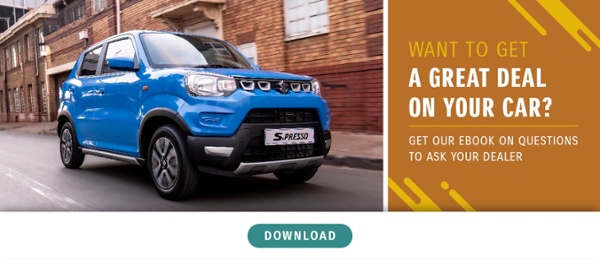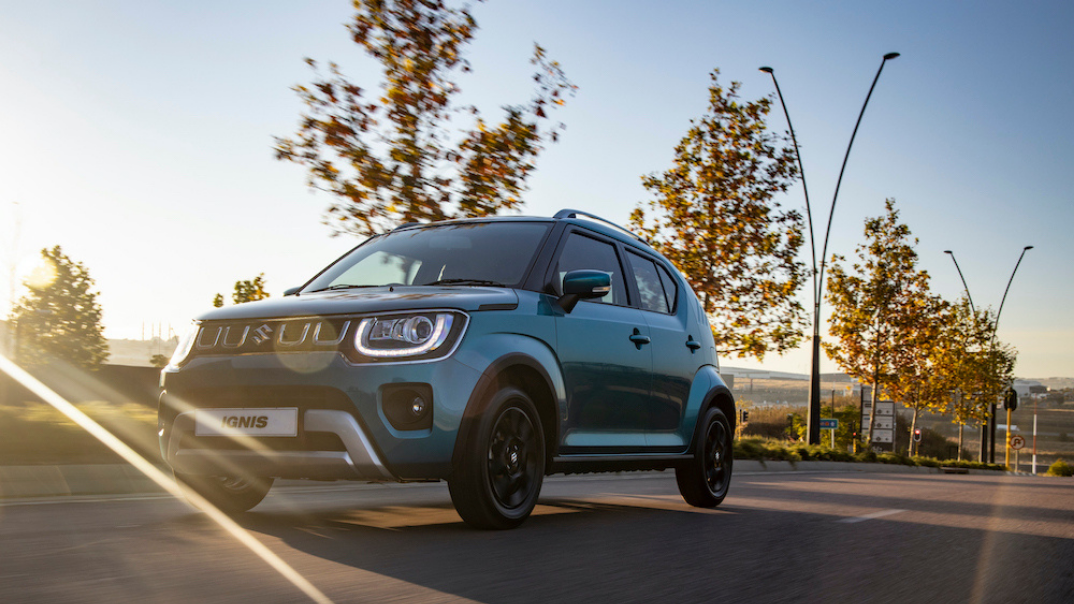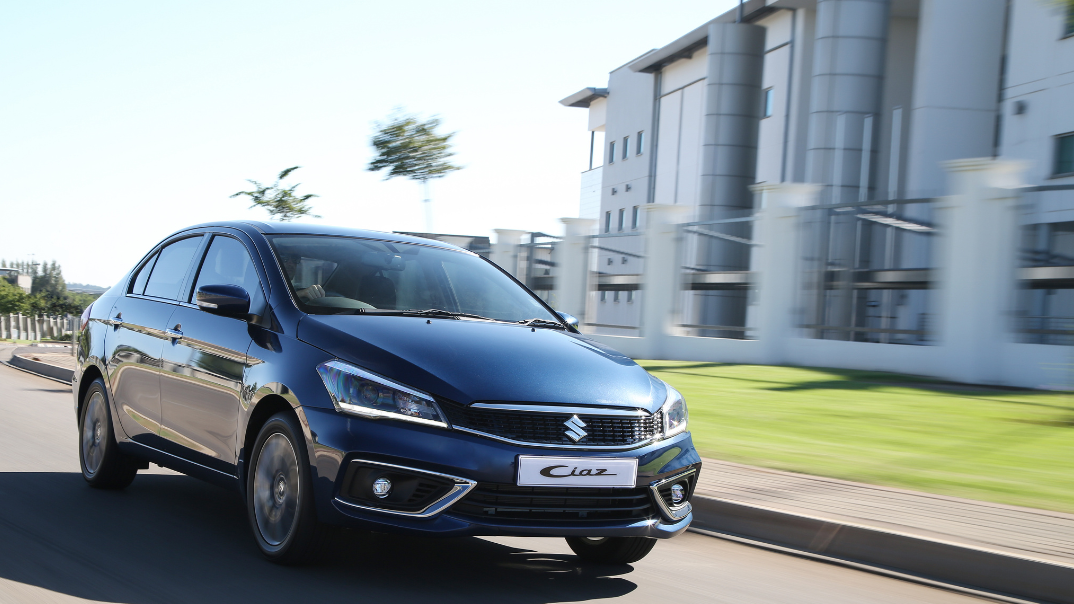
It is absolutely normal to go through a range of emotions when making a big financial decision like buying a car. It’s an exhausting process, as you try to decide what car will meet your needs, what you can realistically afford, the payment terms and the insurance.
All of these factors can weigh heavy and often make the process feel more of a ‘grudge purchase’. However, there are some simple steps to follow to help ease any uncertainty and help you to make a decision you won’t regret.
Step 1: Pre-qualify for a car loan
When buying a car, consider what you will have to pay each month and the final amount the car will cost you. The first step to do this is to prequalify for a loan, so you’ll know how much money the bank or your dealer will give you and what your monthly payments will look like. Keep in mind the interest rate, as well as the length and term of payment – only then you can figure out what your budget will allow.
Step 2: Figure out how much you can actually afford
The last thing you want is to be sitting in a pile of debt because your car’s repayment is eating away at your salary every month. One of the best ways to reduce the payment owed each month is to put down a deposit first of your own savings.
For example, let’s say the car is R 250 000. Ideally, you want to save 20% of the car’s sale price in cash to pay upfront at the time you buy it – so having close to R 50 000 would reduce how much money you have to borrow, allowing you to pay off the car loan quicker, or greatly reducing the monthly payments. If you’re trading in your old car, that money can also be used toward the down payment. Just make sure you shop around to make sure you are getting the most for your vehicle.
Step 3: New or Used?
Next, decide whether you want to buy a new car, or a used one. A used car will cost you less, but a new car will be more reliable - but it really depends on the type of car, if the dealership is known for good after sales service, your budget and your longer-term plan.
When buying a used car consider the following:
- Visit a reputable dealership and avoid auctions where there are little to no rules protecting the consumer
- The best way to get a thorough history of the car is to ask for the number of the previous owner and give them a call immediately. If the dealer won’t give you the number, that’s a big red flag. What are they hiding?
- You can also check the service book to check when last the car was serviced, as well as phone the car manufacturer, or a dealership and refer to the vehicles service record – this is a sure way to check on the service intervals and if the vehicle was damaged and/or in an accident on their system records.
- Drive the car with someone mechanically savvy, listening for any obvious problems like rattling and ask the dealer to fix whatever issues you pick up. Be sure to check the gaps on all doors, boot and hood are the same – if they do not align correctly, this is a tell-tale sign of a previously damaged vehicle.
Step 4: Maintenance & Repairs
One of the biggest factors to consider when you’re buying a car is what the car will cost you to drive it. There are some common repairs you should expect with any car you buy, including; oil changes, brakes, fluid changes and tires. Call or go to a dealership or mechanic who services the car you’re thinking about buying to get estimates on these kinds of costs.
Service plans, maintenance plans and warranties can also help save you money in the long run. They may sound unnecessary, but each means something quite different about how your car is covered. In a nutshell:
- Warranty - A warranty is the manufacturer’s promise that the machine they’re selling you won’t give you problems, and they’ll cover it if it does
- Service plan - A service plan pays for your car’s services - the labour and standard parts. However, it doesn’t include the cost of defective parts or wear and tear on parts like the clutch, brake pads, and so on
- Maintenance plan - this covers what your service plan doesn’t: wear and tear
Step 5: Insurance
Car insurance is a fact of life when you become a car owner and non-negotiable if your car is financed, protecting you and other people in the case of an accident. Could you imagine if you drive your new car out of the dealership and get into an accident without insurance? Consider how much the car you want will cost you to insure, because how much you pay each month will depend on a variety of things, including the type of car you have, your age and driving history. If you can’t afford the insurance – DON’T get the car!
Step 6: Choosing the right car for you
When you start looking at cars, you need to figure out what your needs are. How many seats do you need – both now and a few years from now? How much parking space will you have for the car at home and at work? What features (safety and advanced) are important to you? Is fuel efficiency important to you? Do you need a lot of boot space?
When choosing your car and planning your budget, you should consider that how you drive and maintain your car: you’ll be surprised how many unnecessary costs can be avoided. Here's our list of 7 things that make your car cost you a fortune in the long run.
Step 7: Read the fine print
Never sign a car loan agreement until you know exactly what you are getting into. The fine print often has hidden costs that can ultimately increase your monthly premiums. If you aren’t quite sure what all the fine print means, then ask a friend or family member who has experience with contracts, or other legal agreements, to look over it with you.
Step 8: Buying the car
Once you narrow your shortlist down even further, and you have the actual dealer cost of each one, then you need to shop around online for price quotes which you can use as a way to negotiate at the dealership. Once you have the quotes, call around to see if the dealer will match it.
- If you are feeling overwhelmed by information, just take a step back. Try to break each part of the car buying process into parts, and put the pieces together to decide what type of car is best for you and your budget
- Always remember all the ‘hidden’ costs of buying and owning a car can add up. It’s okay if buying your dream car right now isn’t going to happen, because it doesn’t mean it can’t happen in the future
- Making smart and realistic decisions now is the only way to give yourself a chance of being able to afford all the things you dream will be and help you ‘ungrudge’ your purchase.
Want some more insider tips to help you get the best possible deal on your car? Download our guide, Questions to ask your dealer and take it with you to your dealership to ensure you don’t forget to ask any important questions.



